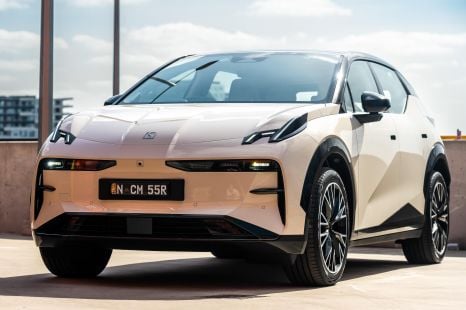

James Wong
7.9
6 Days Ago
Rivian's initial public offering has gotten off to a cracking start, with a market valuation of over US$100 billion – more than Ford and General Motors.

News Editor


News Editor
Rivian’s stock price has surged on the back of the biggest initial public offering since Facebook.
The US startup announced an IPO of 153,000,000 shares of Class A common stock at a public offering price of US$78.00 per share (A$106.36), only for trading to open at US$106.75 per share (A$145.62) and reach a height of just over US$119.
At the time of writing, it’s sitting at a share price of around US$100 (A$136.42).
Based on its debut price, Rivian has a market valuation of over US$100 billion (A$136.4 billion), more than every US automaker bar Tesla.
For context, General Motors has a market valuation of approximately US$85 billion, while Ford – one of Rivian’s chief backers – sits at US$77 billion.
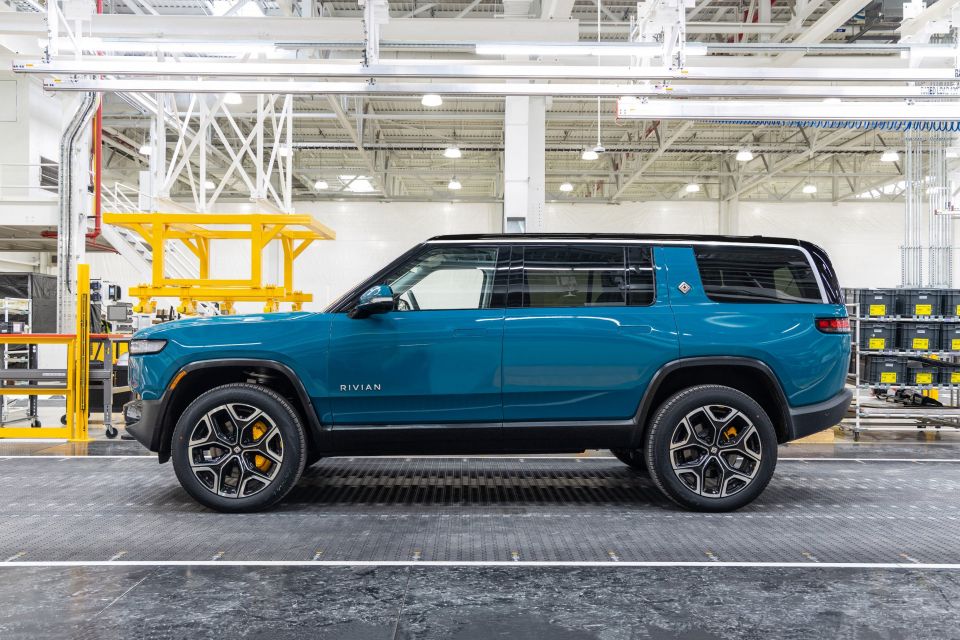
Another EV startup, Lucid Motors, is sitting at approximately US$64 billion, demonstrating the market’s enthusiasm for EV manufacturers. Like Rivian, it’s only just started vehicle production.
Not only is Rivian new to vehicle production, it has conceded it doesn’t expect to be profitable for the foreseeable future as it ramps up operations.
That’s what the startup said in its S-1 prospectus filing with the US Securities and Exchange Commission (SEC). However, it’s worth noting it took Tesla – it of the US$1 trillion market cap – almost 20 years to turn a profit.
The first production Rivian R1T electric ute rolled off the line in Illinois during September 2021, with its R1S SUV counterpart set to follow later this year.
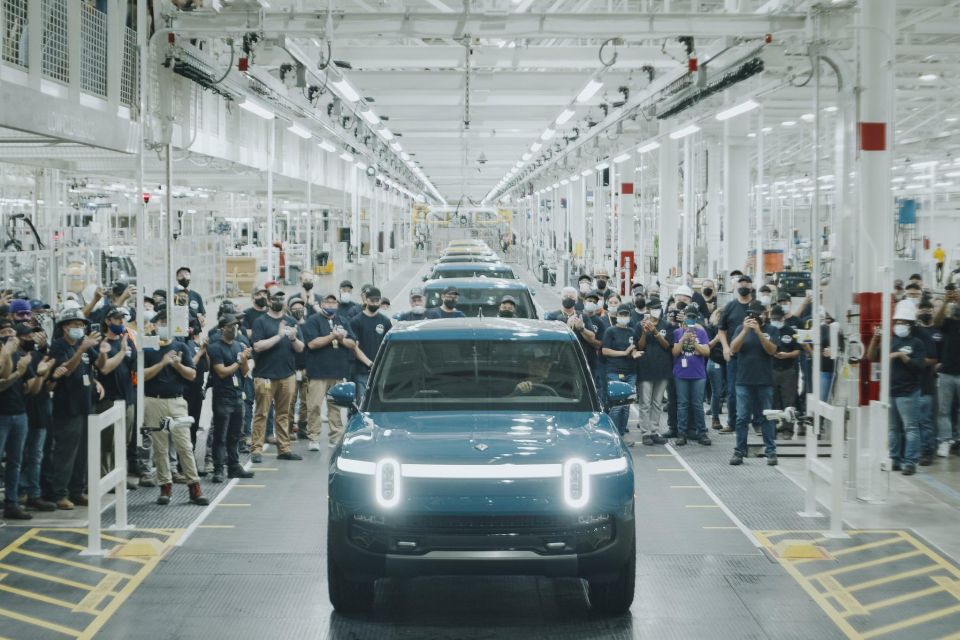
It says its factory in Normal, Illinois, can currently build up to 150,000 vehicles per year and it plans to expand that capacity to 200,000 per year by 2023.
Not all of that capacity will be dedicated to the R1T and R1S; Rivian has a deal with key backer Amazon to build 100,000 delivery vans, the first 10,000 of which will be delivered in 2022.
Rivian is also reportedly eyeing a second US plant, likely in Texas. Its sole plant at present is one in Normal, Illinois which it acquired from Mitsubishi.
Reports suggest it’s also looking at potentially establishing a plant in the UK.
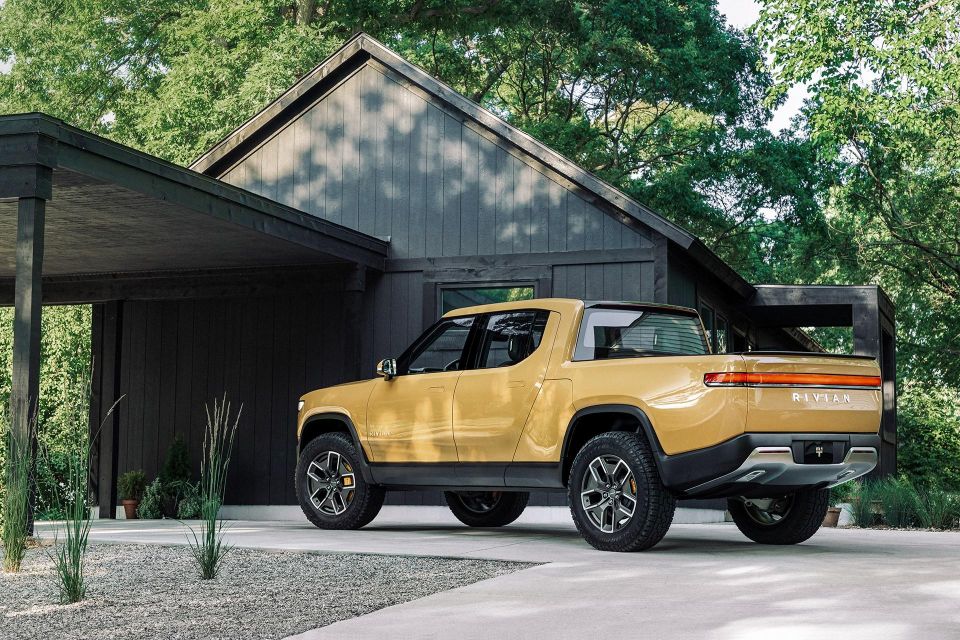
It’s part of a future growth strategy which, per its SEC filing, will see it enter Western European markets in the near-term and “major Asian-Pacific markets” later. That suggests an eventual Australian launch could be in the cards.
Rivian has beaten its all-electric rivals to production, including the Tesla Cybertruck, GMC Hummer EV and Ford F-150 Lightning.
The two-model Rivian range will be powered by a choice of three different battery packs, with capacities of 105kWh, 135kWh and 180kWh. The latter two have claimed ranges of 505km and 643km, respectively.
Initial R1T models come with a quad-motor all-wheel drive powertrain with total outputs of 622kW of power and 1231Nm of torque, with a 0-60mph (0-96km/h) time of three seconds.
Take advantage of Australia's BIGGEST new car website to find a great deal on a Rivian.
William Stopford is an automotive journalist based in Brisbane, Australia. William is a Business/Journalism graduate from the Queensland University of Technology who loves to travel, briefly lived in the US, and has a particular interest in the American car industry.


James Wong
7.9
6 Days Ago
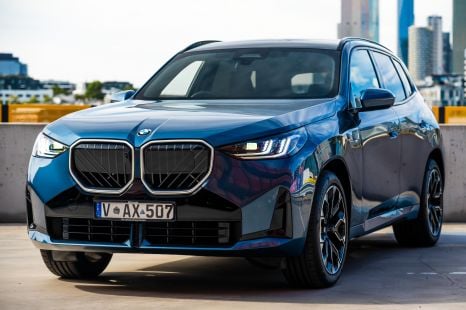

Jack Quick
8.4
5 Days Ago
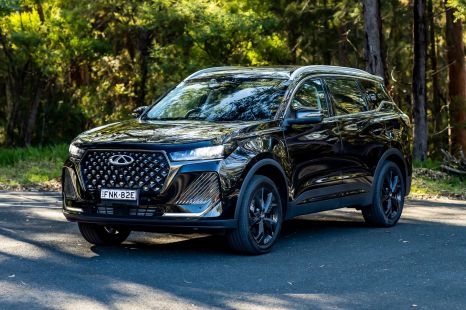

Matt Campbell
8.1
4 Days Ago
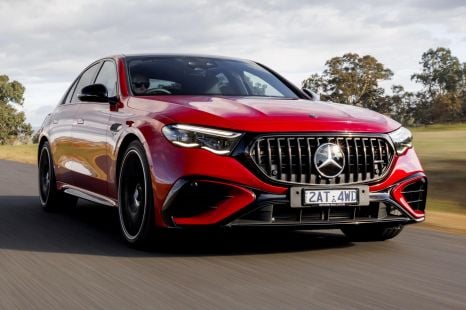

Max Davies
8
2 Days Ago
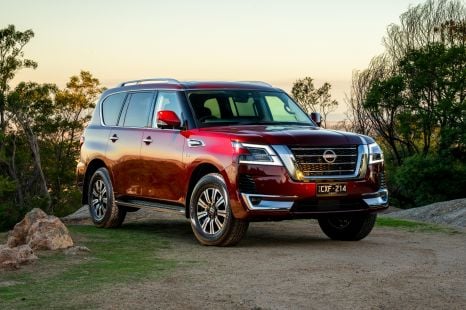

James Wong
8.1
1 Day Ago
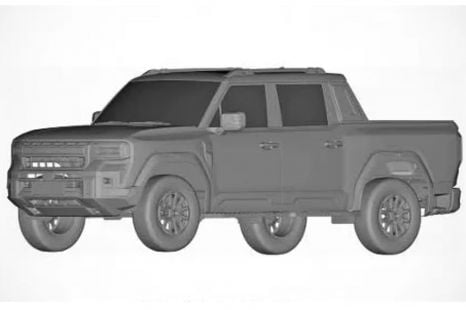

Marton Pettendy
21 Hours Ago